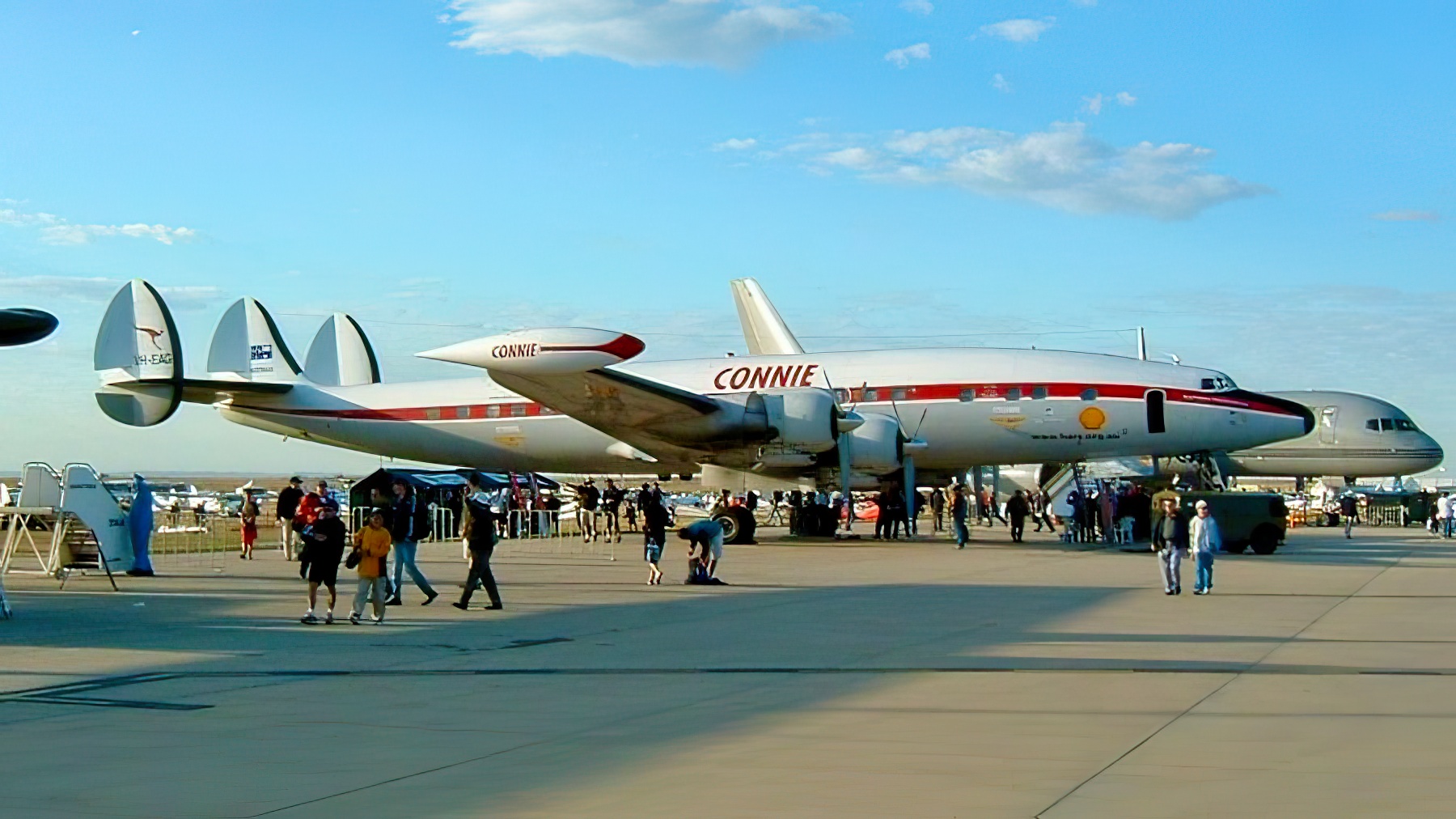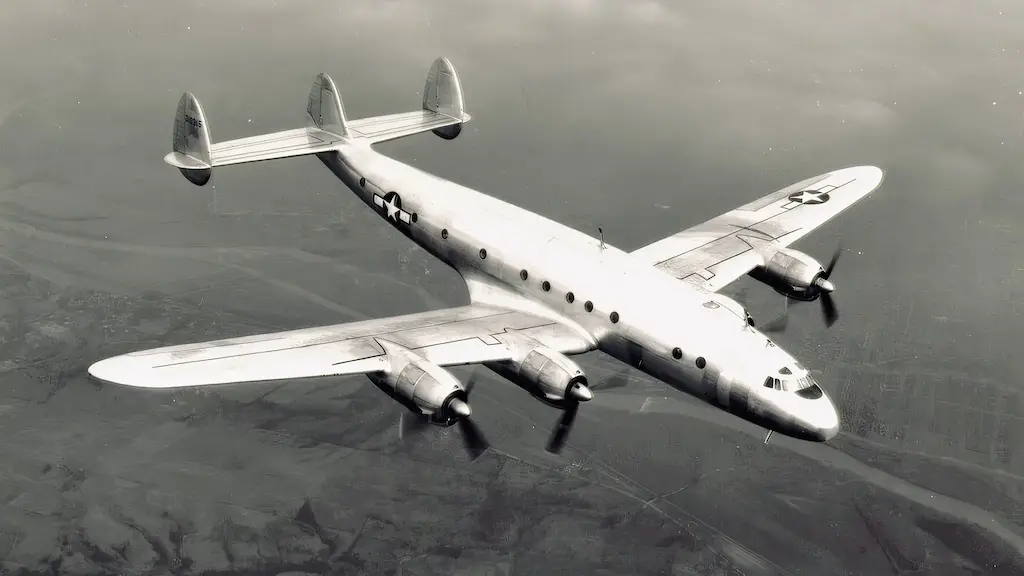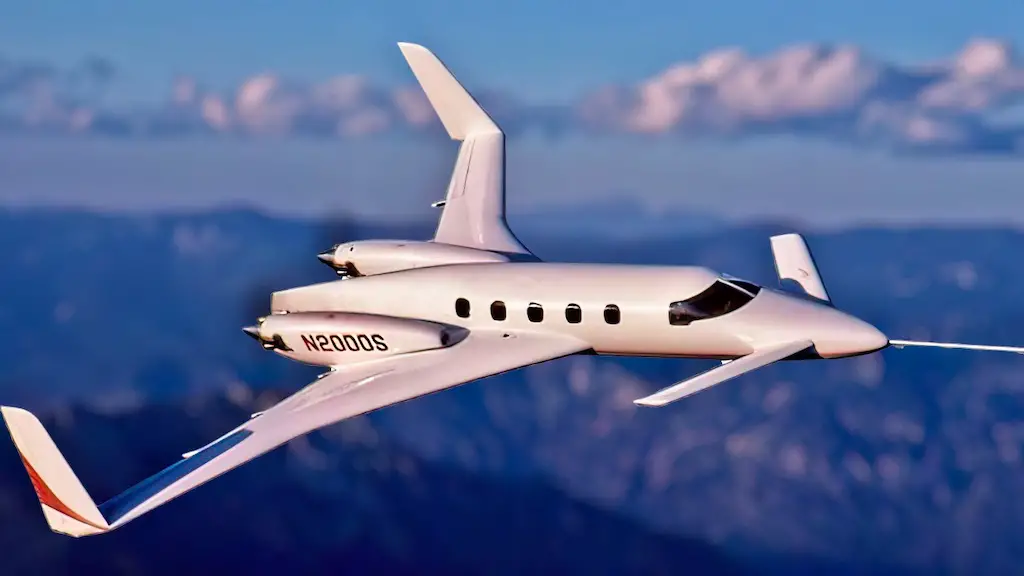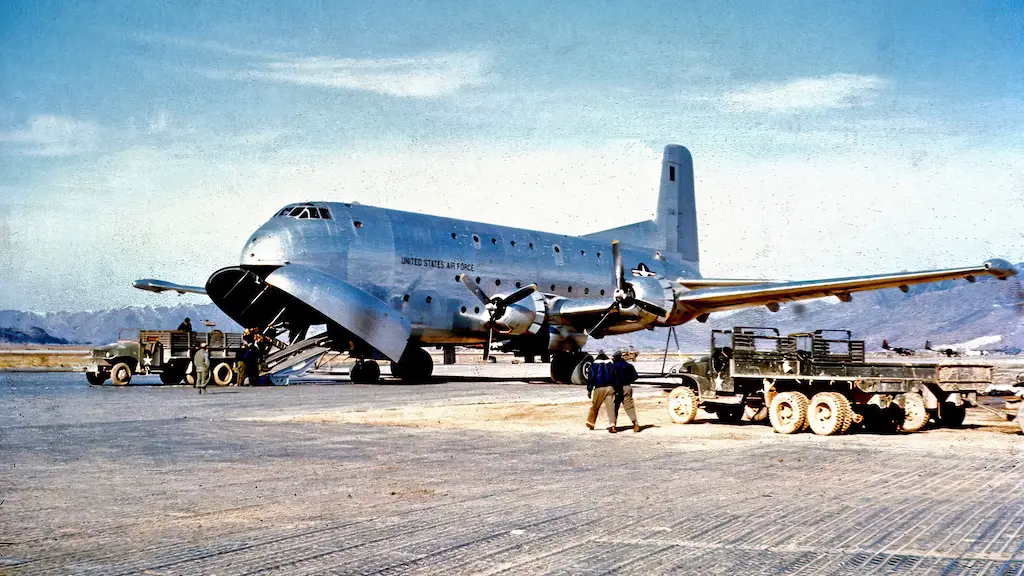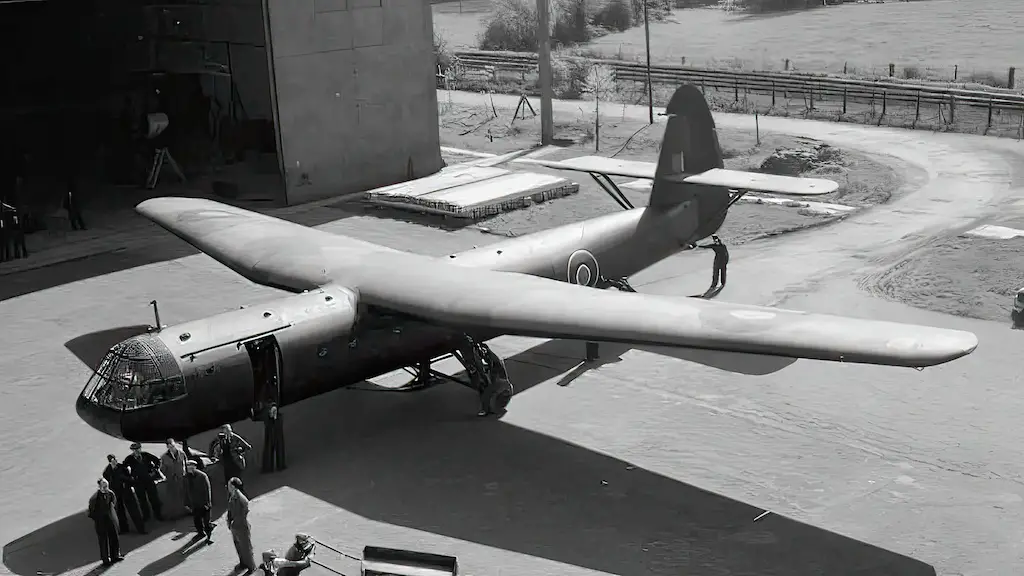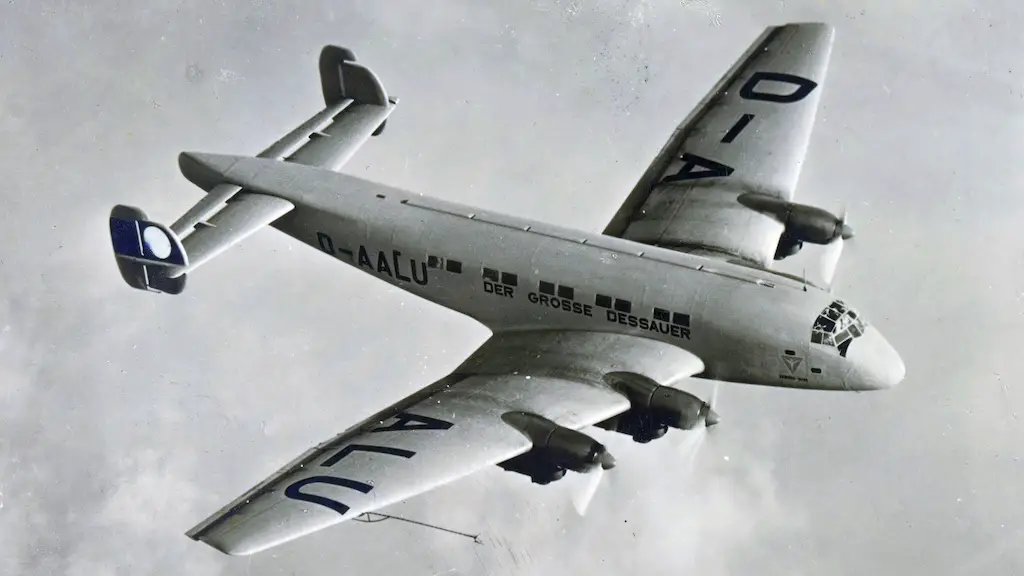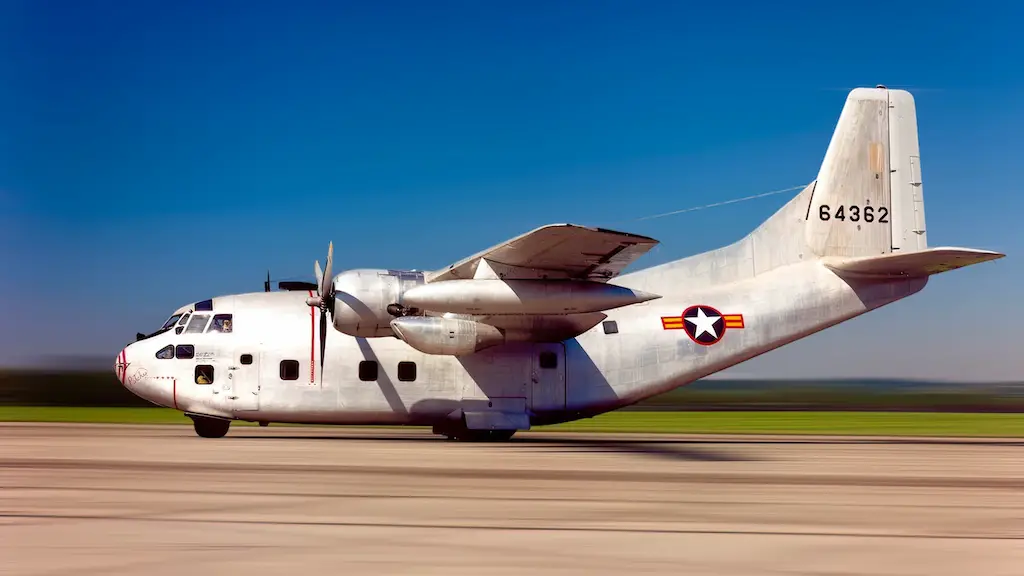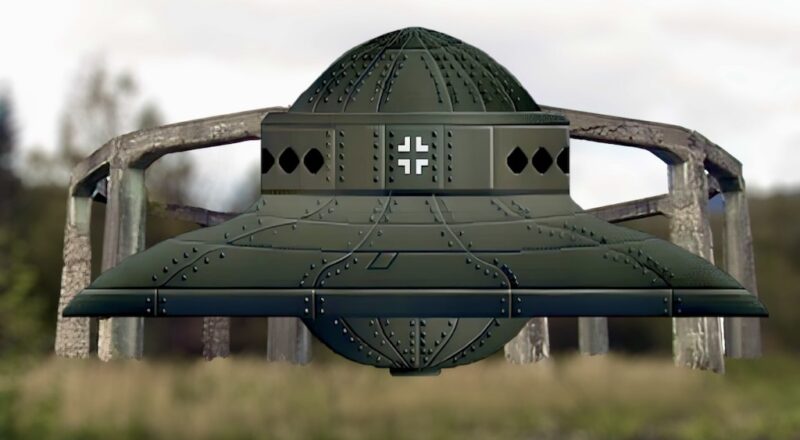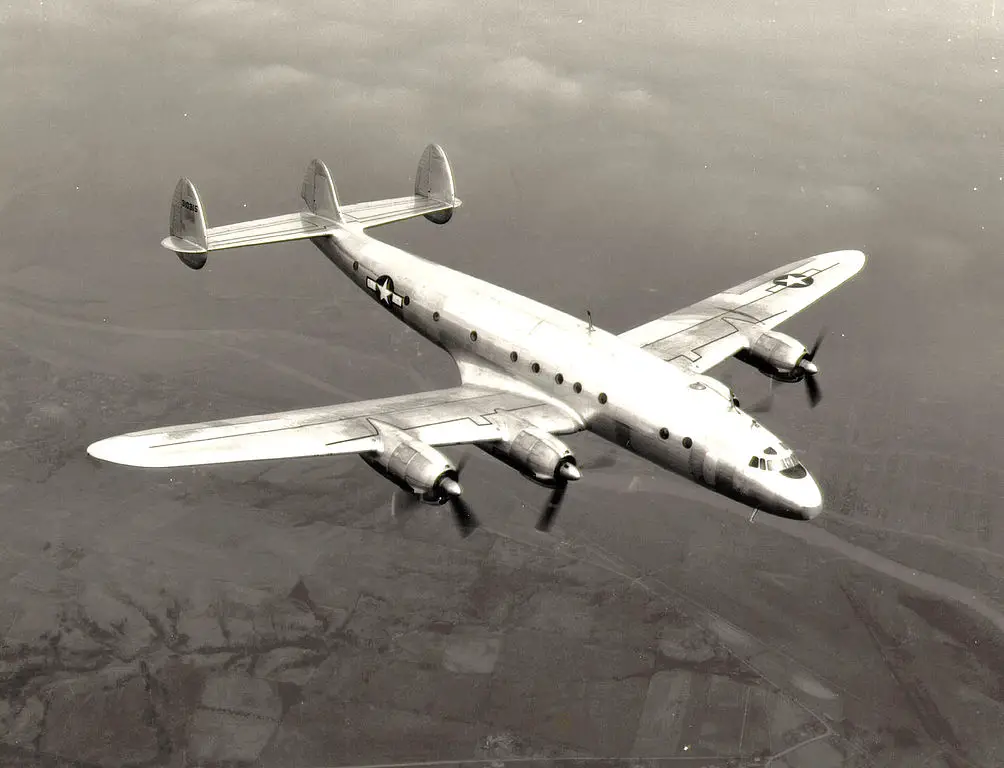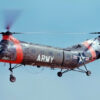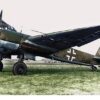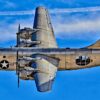The Birth of a Classic
Born out of the fertile minds at Lockheed Corporation in the early 1940s, the Lockheed C-69 Constellation, dubbed the ‘Connie,’ quickly became an aviation icon. World War II loomed on the horizon, and Lockheed anticipated the need for advanced aircraft. Under the meticulous eye of chief designer Kelly Johnson, the team at Lockheed commenced the project. The aim? Create an airliner with unparalleled range and speed.
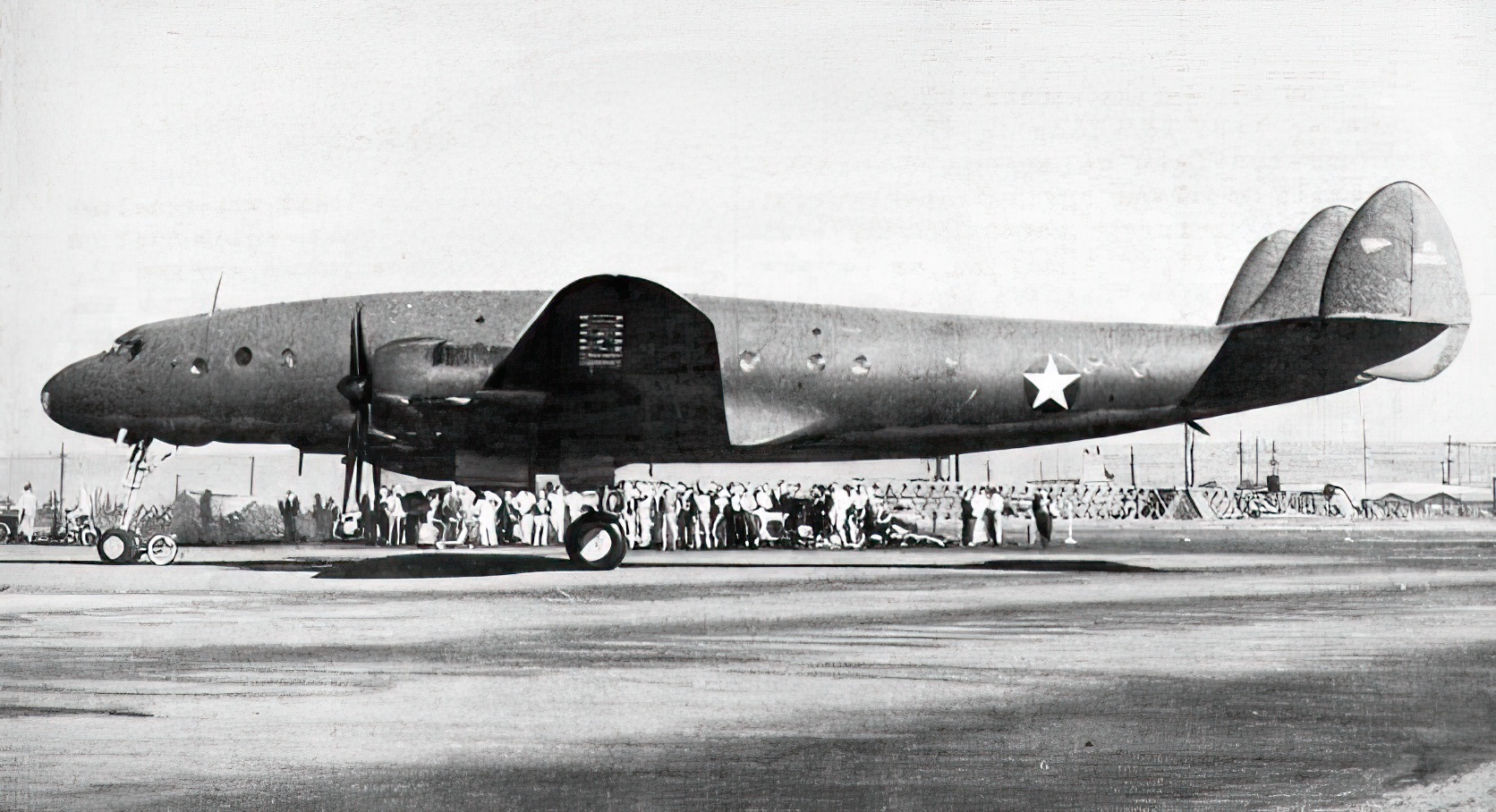
The Power of the Constellation
The heartbeat of the C-69 Constellation lies in its powerful engines. Four Wright R-3350 Duplex-Cyclones engines, each providing a whopping 2,200 horsepower, gave this bird its wings. This engine was a testament to engineering prowess. Each 18-cylinder radial engine boasted a twin-row, turbo-compound design that contributed to the aircraft’s exceptional performance. With these engines, the Constellation achieved a cruising speed of up to 313 mph, a notable achievement for that era.
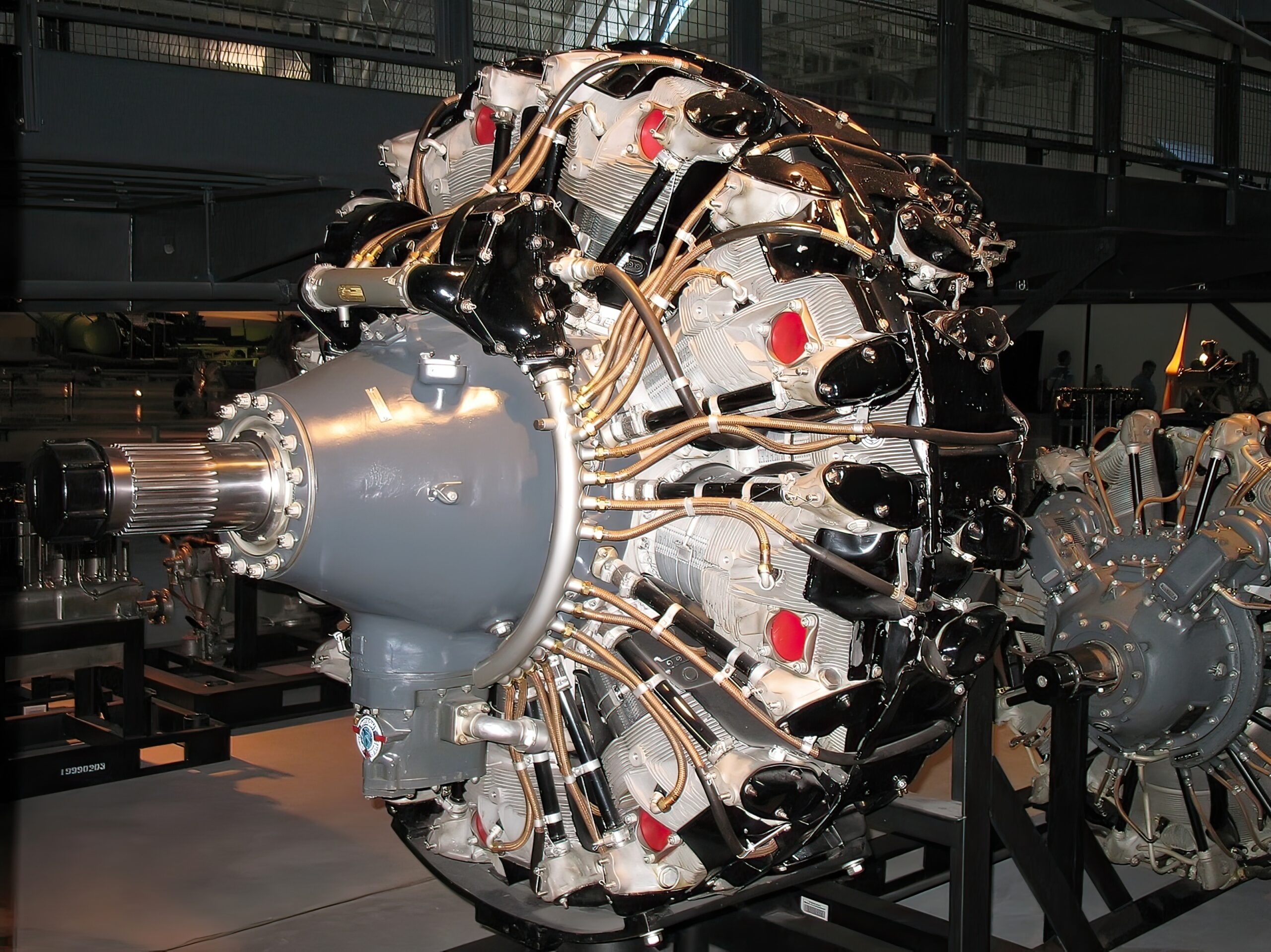
The War Years
When the winds of war began to blow, the Constellation quickly found a new role as a military transport aircraft. The U.S. Army Air Forces saw the potential of this long-range airliner and ordered the conversion of the civilian Constellations into military C-69s.
The C-69 proved instrumental in the war effort. Its capabilities transcended those of a mere transport aircraft. The Connie carried high-ranking officials across the Atlantic, ferried essential supplies, and evacuated wounded soldiers from the battlefield. By the end of the war, the C-69 had distinguished itself as a vital cog in the Allied war machine, solidifying its place in aviation history.
The Constellation’s Post-War Life
After the war, the C-69 returned to its original purpose as an airliner. The Connie resumed commercial flights, linking cities and continents in ways previously thought unimaginable. Leading airlines of the day, such as Pan American and TWA, proudly featured Constellations in their fleets.
However, the Constellation’s service didn’t end with commercial flying. NASA employed the reliable aircraft for research and training missions well into the 1980s. Even today, more than 80 years after its first flight, a handful of these vintage birds remain airworthy, gracing the skies as beautiful reminders of a bygone era.
The Lockheed C-69 Constellation played an instrumental role in shaping our world. It served its country during wartime and then transitioned to bring the world closer together in peacetime. The Connie is more than just an aircraft. It’s a symbol of human resilience, ingenuity, and progress.
